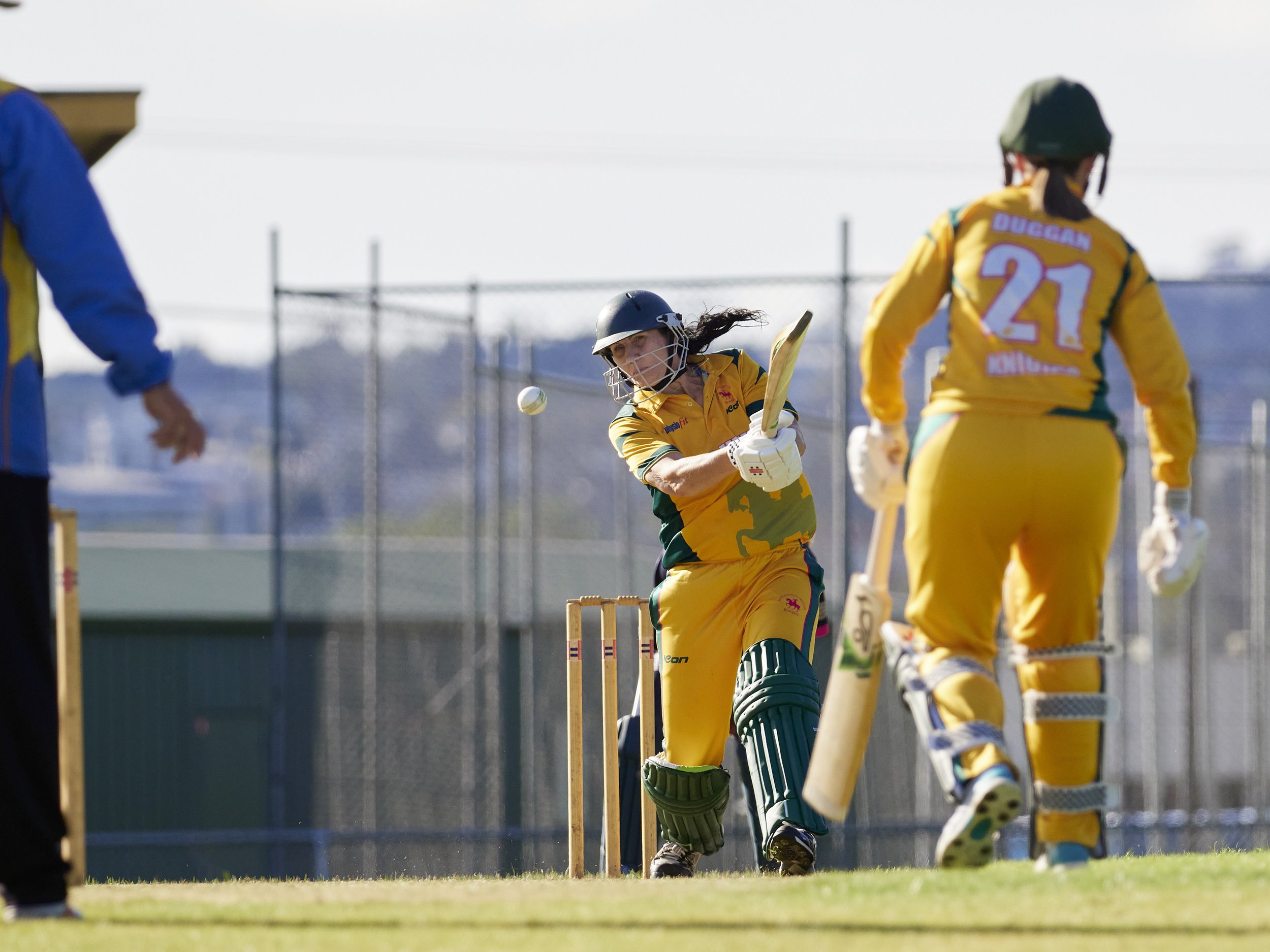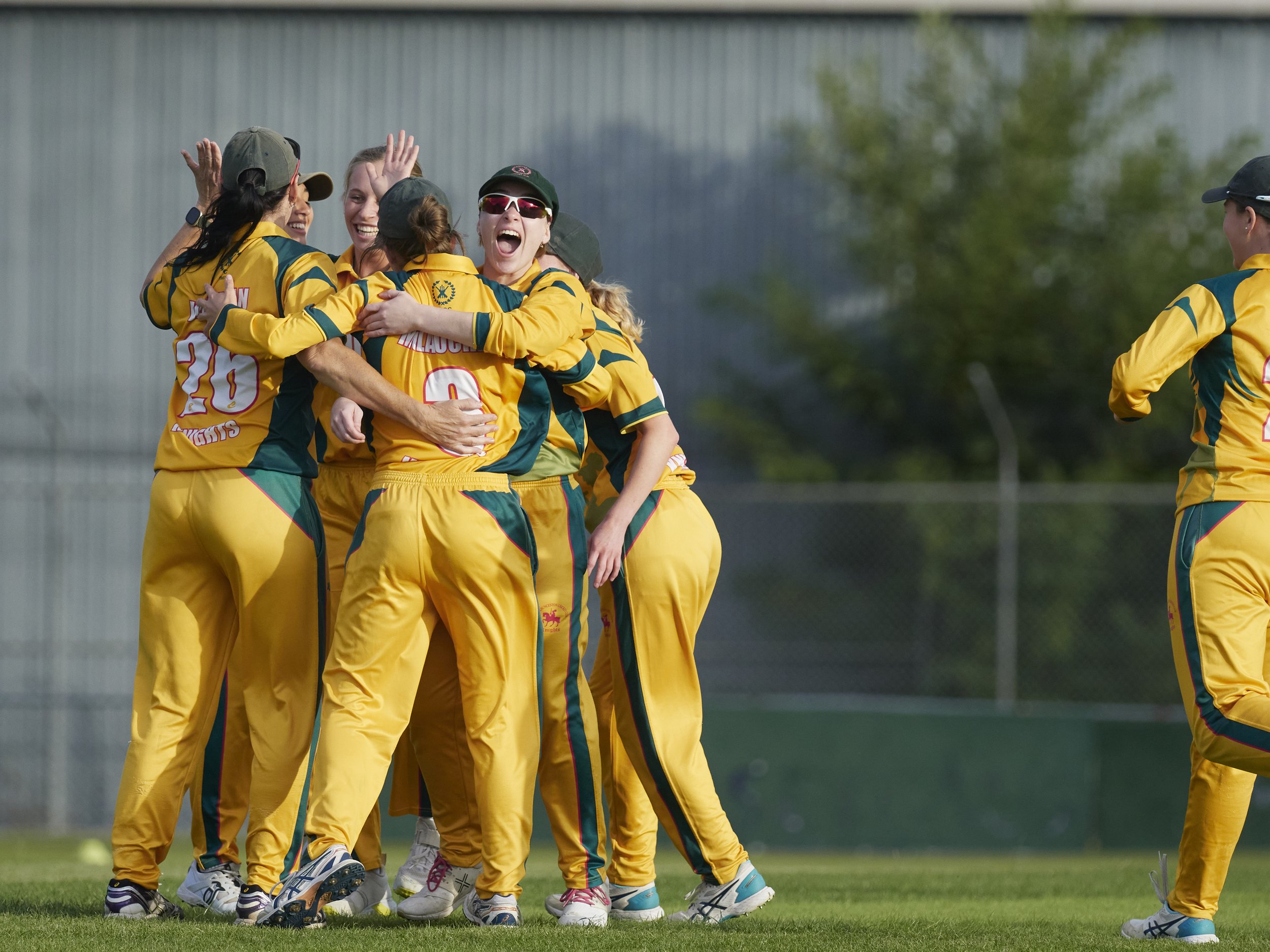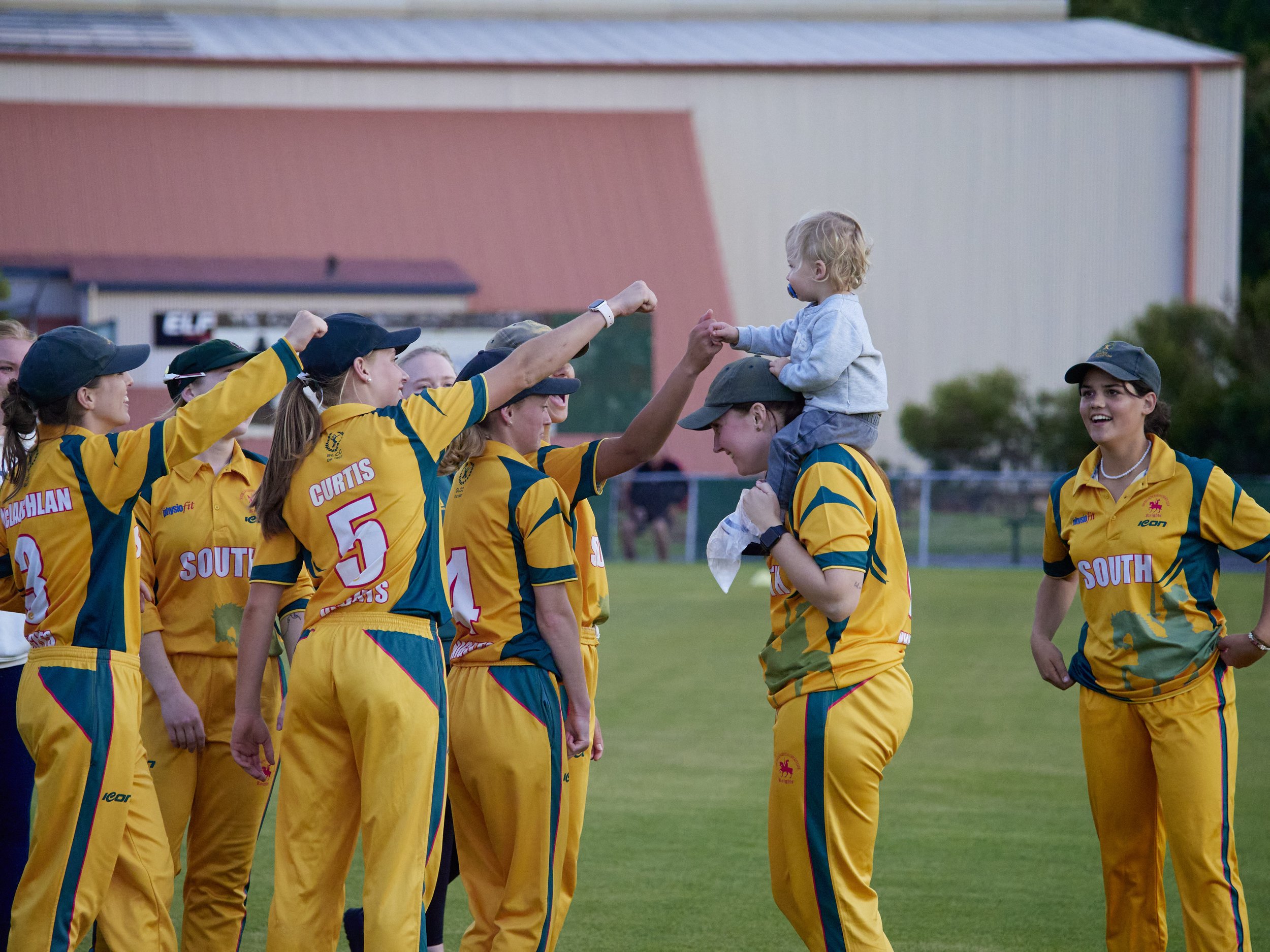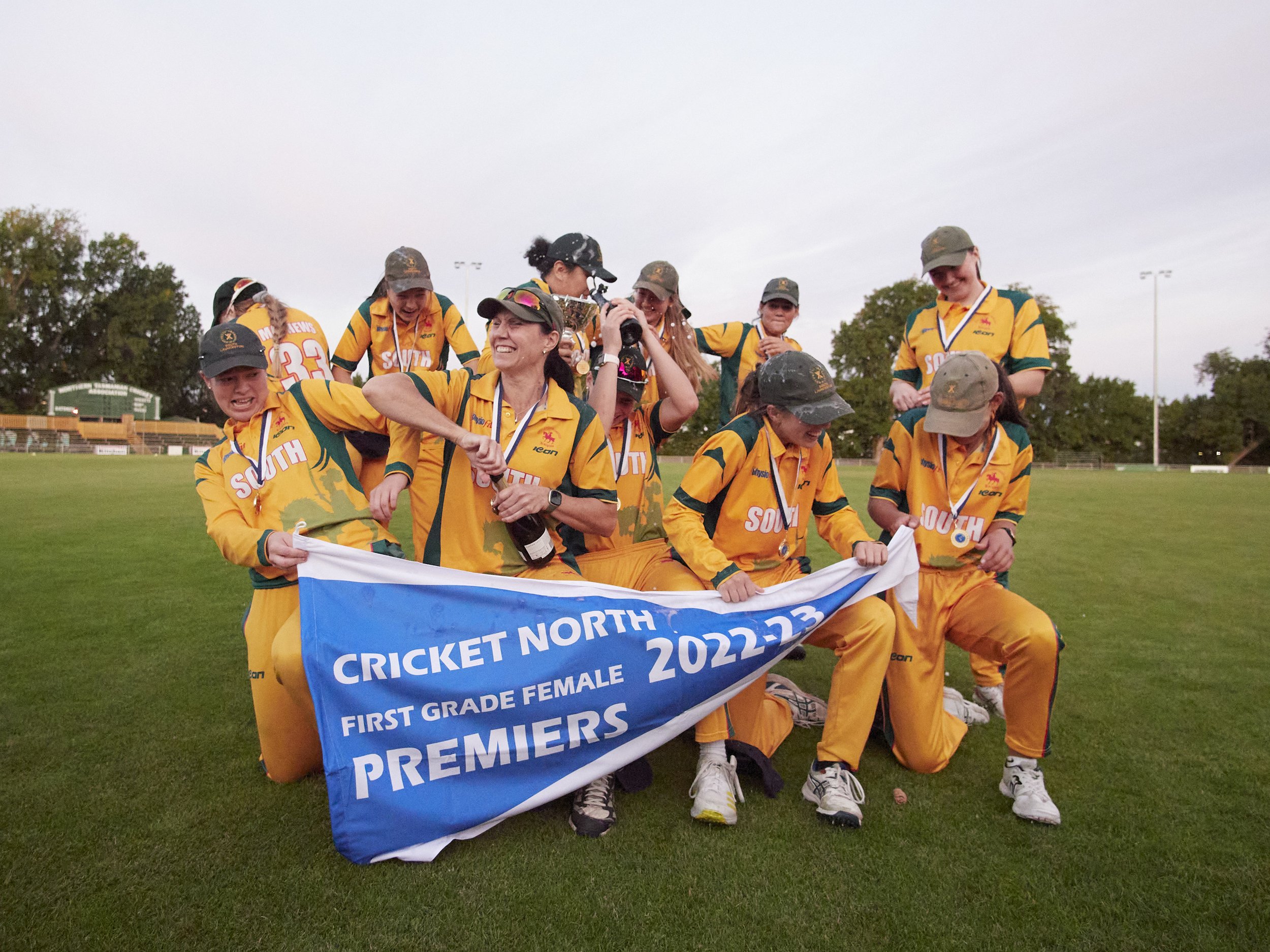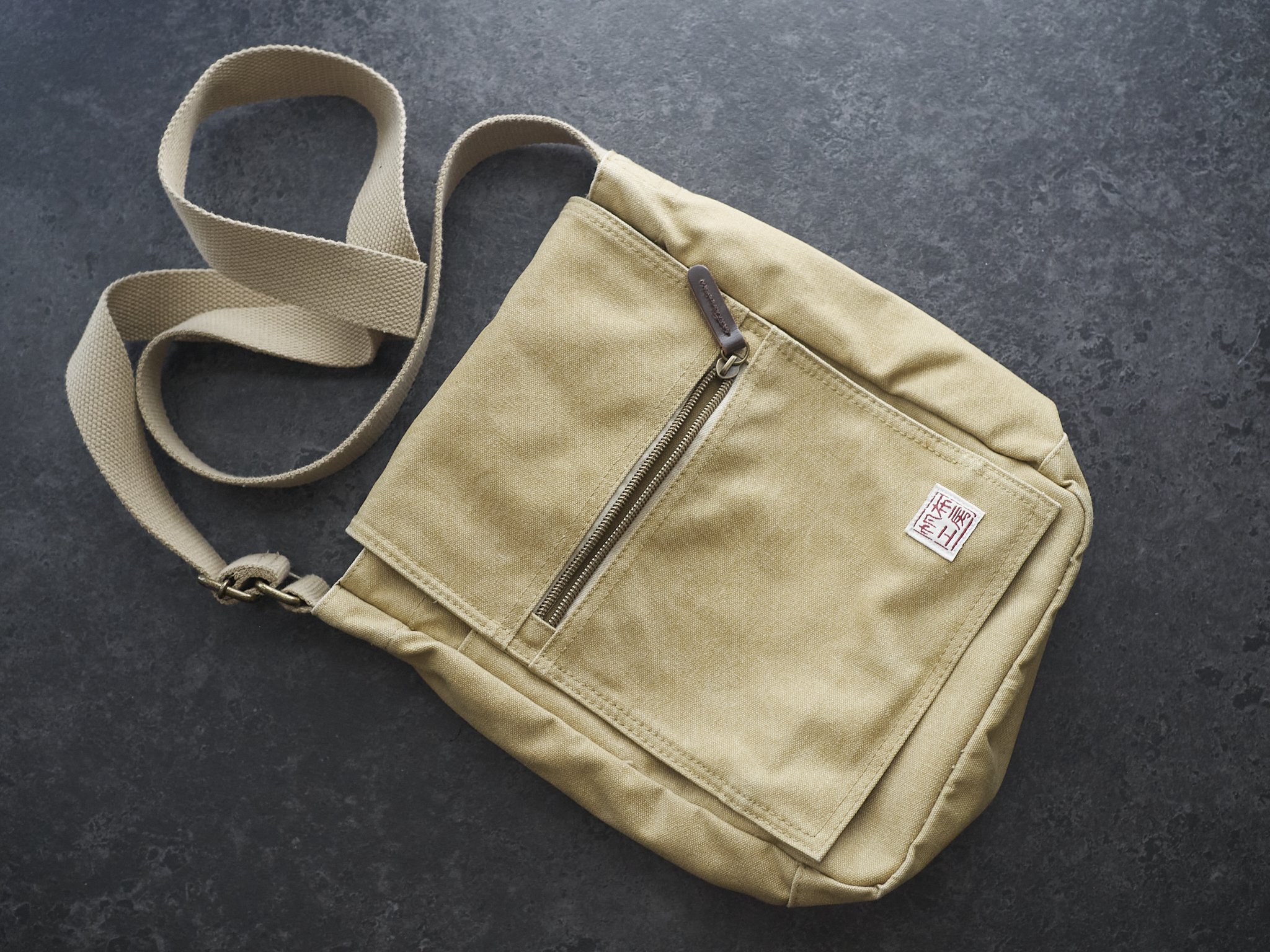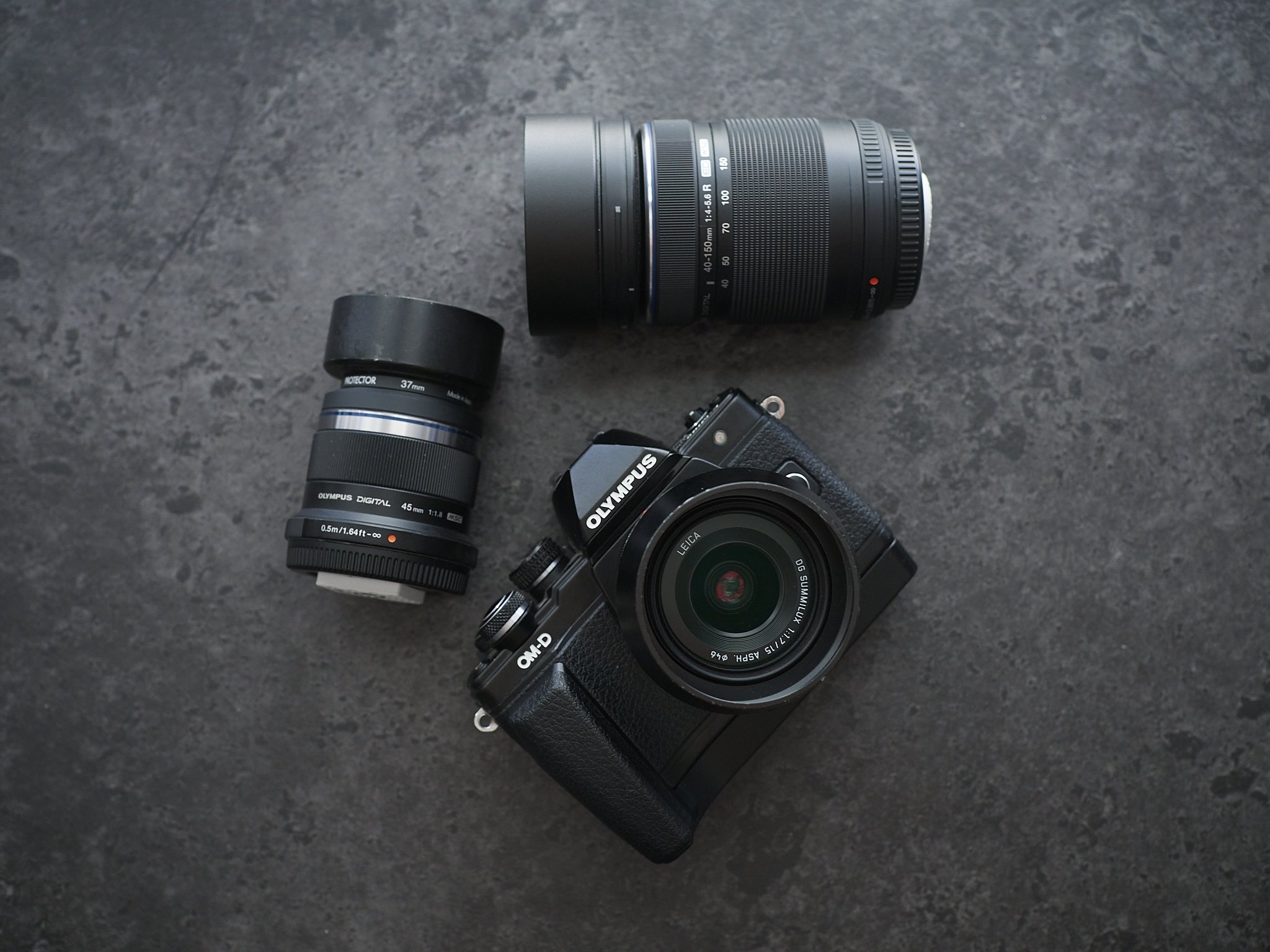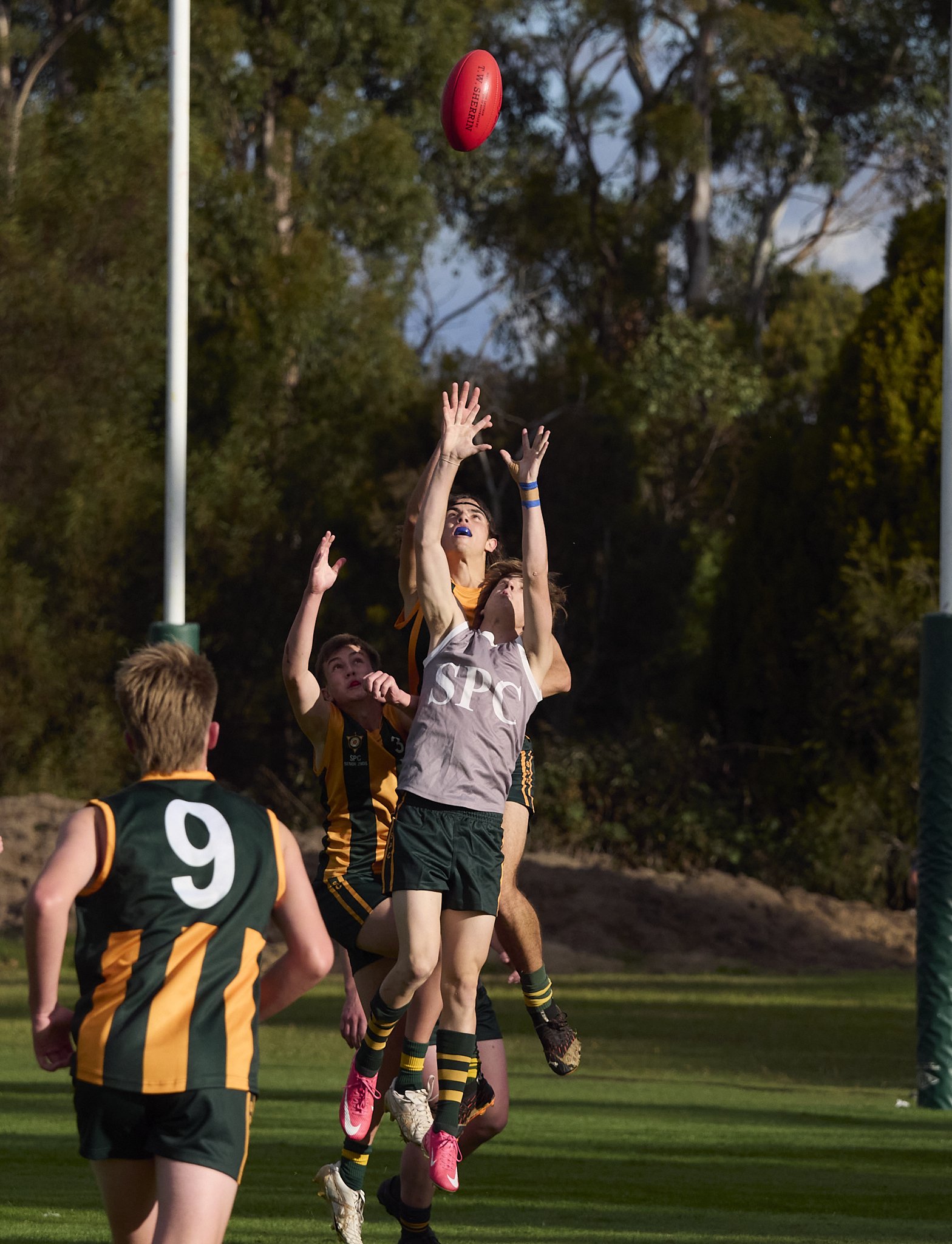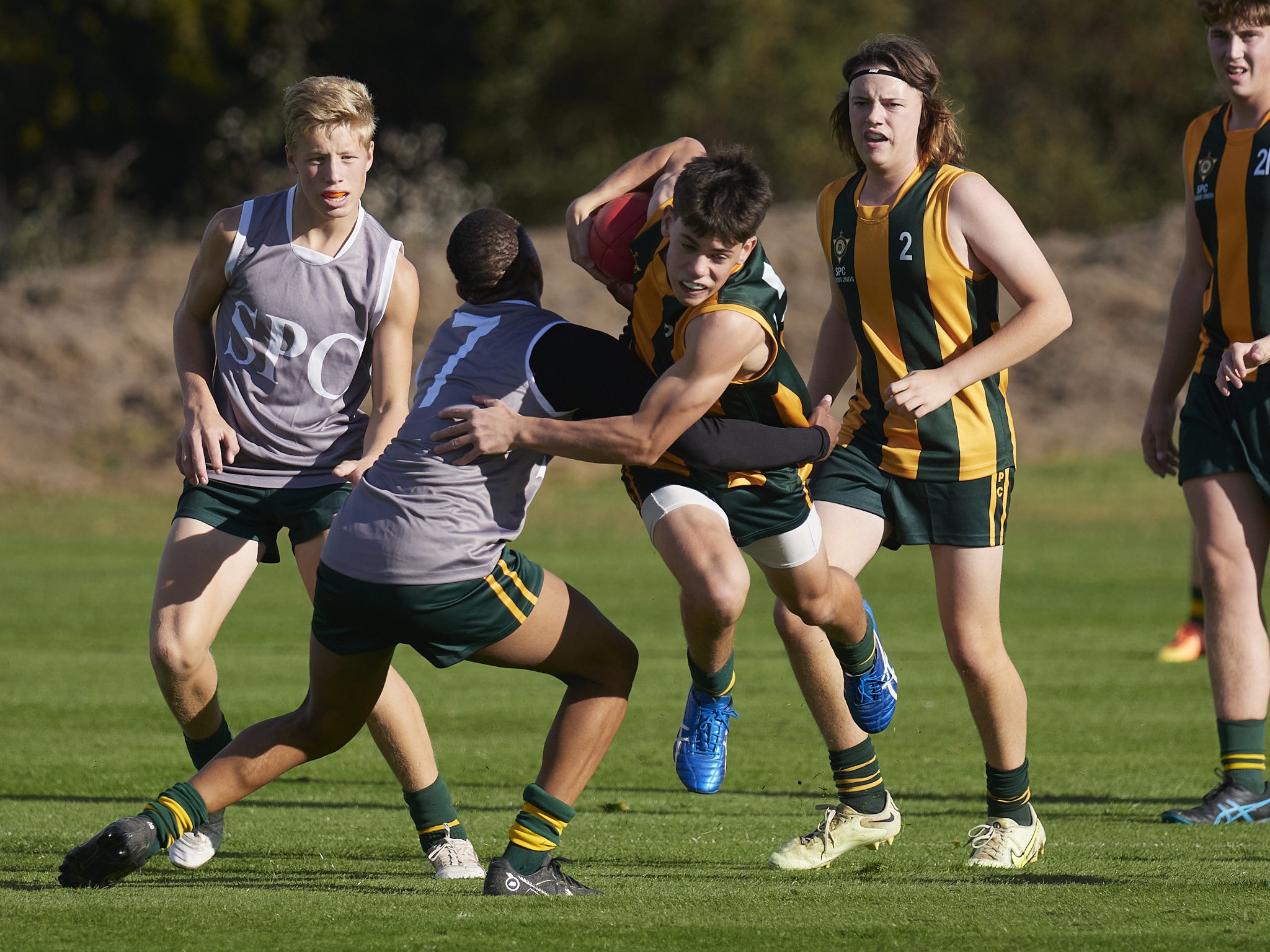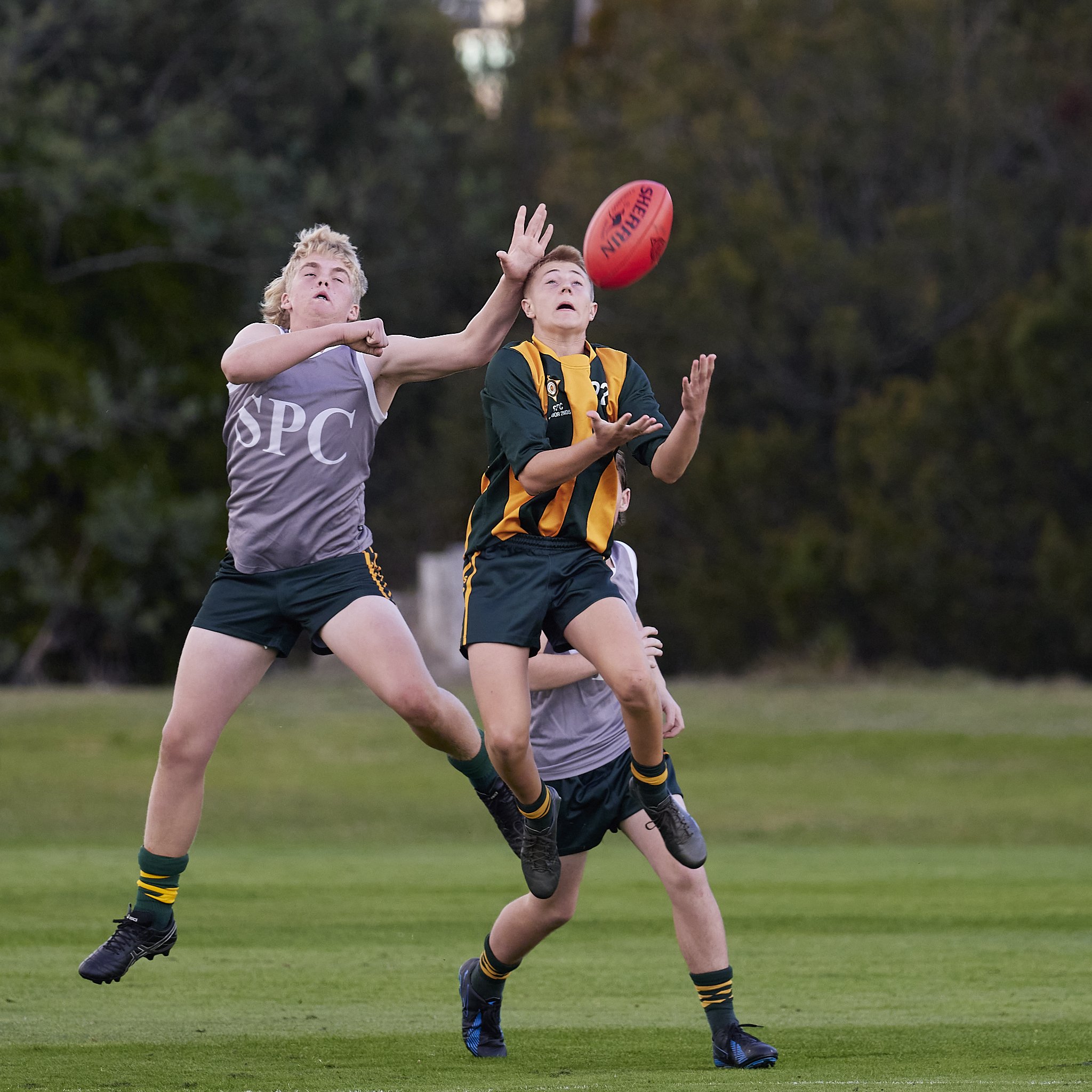I did a proper video shoot recently, just video, not video on top of stills.
I felt confident, equipped, capable, except for the gimbal moves needed to match some footage taken in the past that needed to be replaced. The OSMO was used, but it suffered from lens flare (can’t move the sun in relation to a building) and not looking the same as the other footage. The OSMO is a powerful tool, but has limits, like no hood option and the Mk1 has strong magenta flare if pushed.
I also had the benefit of using some previously taken footage from a Sony mirrorless on a gimbal, a Canon C70 used on a tripod etc and a drone. This was interesting to see how the pro’s do it. Something I noticed before I even looked close, was none of the footage matched.
My most stable options are the G9.II, the S5.II, the older OSMO Pocket 1 and the three EM1x cams, that I don’t use as video cameras, but they do handle AF and stabe well. Along with these I have several rigging options, poles, a cheap mechanical gimbal, which produces decent results and a set of wheels for my tripod, although these need a very smooth surface as the wheels are small and hard.
It is also easy to forget how good some older cameras are;
https://youtu.be/BFpVG_7qfC8
Recently, I realised my most comfortable and stable shooting experience was to the eye, a subsequent search for a decent eye level finder resulted in a bigger rubber cup for the S5. This does not help with movement, but it makes most other shooting forms better as well as accurate manual focussing.
On top of this are the usual tricks of using slo-mo and digital stabe in post.
Plenty of options I guess, or am I fooling myself?
The G9.II and to a lesser extent the S5.II get top marks for in-camera stabilising, some call them “Go-pro level”*, but I feel the best use for them is as a strong foundation of another system, like a mechanical gimbal or some kind of rig.
The big question is can I justify or do I really want/need a Ronin S3 mini or similar or maybe the OSMO Pocket 3 with the O-1 as a backup? It seems I would be buying the Ronin for that last 10-20% of perfect smoothness, that is not always wanted anyway.
To be honest I am bit sick of buying things that won’t get used, especially when they seem trend driven, but by the same token, drones and gimbals tend to be front of mind for most clients.
I guess we need to rewind and think about what my or anyone’s real world needs are when it comes to camera movements.
I will go, and have gone on record as saying I think gimbals are over used. The ability to move with some your footage is cool and as valid an option as any, but how often is too much? I know shooters who use them almost always, some don’t even own a tripod or other option.
Your subject moves, so do you need to all the time? There have been films made recently with almost entirely gimbal stabiliser rigs (1918, The Creator), but they are exceptions and the need to be portable and mobile was part of their story to tell, not the gimick they used to tell it.
More importantly how much becomes about the movement, not the subject. A still camera heroes the subject, a movement, any movement can also, but it can also easily become the hero element at the expense of story depth and subject connection.
Panning is an old favourite, but it is really the role of a tripod and technically challenging or simply a decent brace and hip pivot. The G9.II etc can handle it with a little practice, the OSMO with a simple setting, the old G9 even works.
Slider moves, best done with, you guessed it, a slider (I have a 120cm one, never used).
Hand held, which is to say, that very common and regularly used non-stabilised brick of a cinema camera creating its own inertia held by a decently strong and practiced user, with just a slight movement to give it away. I can do better with just the G9.I in boost mode, so including the EM1x’s, that makes eight options!
Following or leading. This is the meat of it, the big gimbal move for me (not a vlogger, so that whole headache is removed). I don’t often do these, but they have their place as b-roll or intro footage.
The trick is not so much the stabiliser, but the movement.
The reality is, a gimbal would still need practice, a second person to avoid trips and falls and would it be used simply to justify owning it?
Basically creating a problem to fit a known solution and maybe not for a whole lot better result than I can do now.
The OSMO does this well enough except for limited dynamic range, fiddly sound options, a slightly digital look and poor low light performance, but within limits, it works well and is designed to purpose. Ironically, the big issue with the OSMO is lack of weight.
The G9.II on a mechanical gimbal in slo-mo, maybe some weights and digital stabe could also do this with some practice, for the few times it matters. It could be I do all this research, analysis, some purchasing, then use the damn thing once a year while regularly practicing to make sure I can.
I did several videos for the Migrant Resource Centre recently, none of which required complicated movements, although I did use plenty of basic moves without even stressing over it. I kind of just let instinct take over and it worked fine.
General active shooting, which is a little of all of these on the go and reactive, you know, the little movement, maybe with a focus transition, mini pan, small companion follows, a rise or drop.
The reality is, a gimbal is not something you have on camera all the time. It is a specialist bit of kit with a required skill base and changes the flow of things. The camera as is, basically rigged out, is much more flexible.
Dolly moves. These include up-down, in-out, swinging around etc, usually done with a studio crane, rails etc. Again the OSMO floats to the top as the only realistic option especially for overheads or under water etc. Being able to go on a pole and be run remotely (hard cabled to an old phone) or in an under water housing is the OSMO’s thing.
*
After a lot of research, it seems the one thing gimbals are not perfect at are up-down (walking) movement control. This is the bit you have to work on regardless and some skilled cinematographers can do this without a gimbal, but their cameras tend to be heavier. After several tests, it seems the G9II, rigged several ways, can almost conquer this.
With e-stabe, lens O.I.S, some added weight, judicious handle placement and practice, all shot for slo-mo and generally “keeping it real”, I feel like it may do the job and the OSMO is there when it cannot.
I tried with the with G9.II and 12-60 Leica at 12mm;
Top handle only. Pretty good, but lack of weight was ironically an issue. Adding left/right stabilising arms might help.
Shoulder rig with weights and front handles. Quite good for walking movement, very good for pans and swing moves and perfect for static.
Shoulder rig without handles. Not as good as above, but less bulky.
Chest pad into the shoulder. This was decent, smaller and lighter than above.
Chest pad into the body. Very good for pans and static, no good for walking.
Shoulder pad into the shoulder. This was much the same, not overly comfortable, but the weight helped.
Top handle with shoulder pad and weights (I have added some weights from my mechanical gimbal). This created a perfectly balanced ‘follow me” rig, with the minor issues of banging into things (about 40cm long) and being low angle.
Mechanical gimbal. Smooth, but hard to control the cameras facing. For simple follow moves, more than adequate and I feel practice will sort most issues.
Top handle with left side front handle facing up (from my shoulder rig). This has promise except for walking.
The ideal will be something that combines the above. A bracing handle set-up, a body anchor point with the option of a top handle running rig, some weight, lots of practice.
Some ideas to try;
A top handle mounted sideways. I find the front-back orientation less than perfect.
A centre handle underneath, with weights. Basically making the camera heavier with down force.
Balancing with two under arms. Same as above, but maybe better.
Using the eye cup**, chest pad on short rails and (maybe) front arms for the best “SLR” style experience.
It seems to me, the best option may look something like this;
G9II on a set of short rails, with the chest pad close enough so I can use a larger eye-piece**, then either front handles (maybe with weights) and a top handle for follow-me shots. The lens may be the 8-18 or 9mm, so I can use the best stabe, which crops heavily.





































































